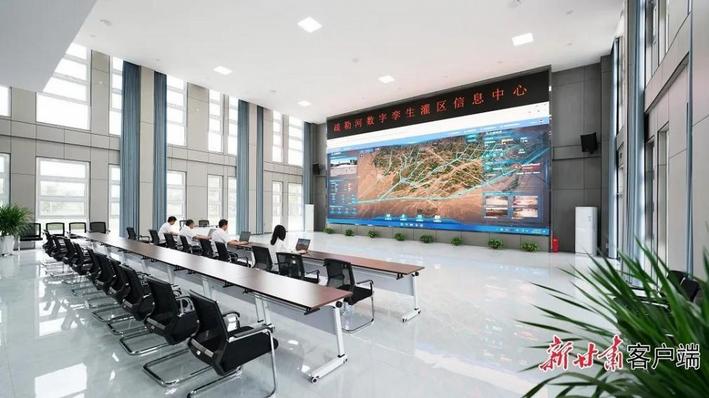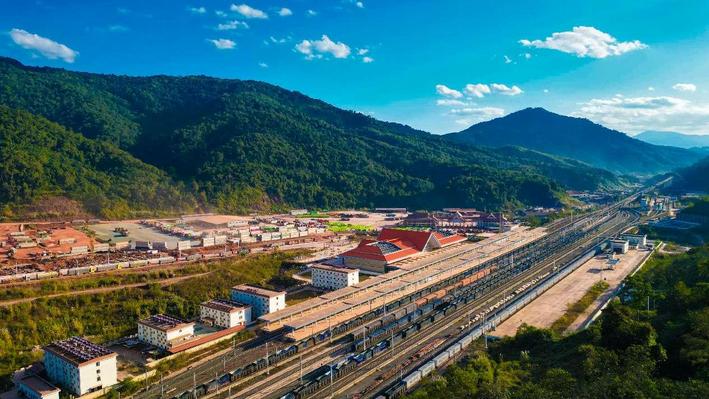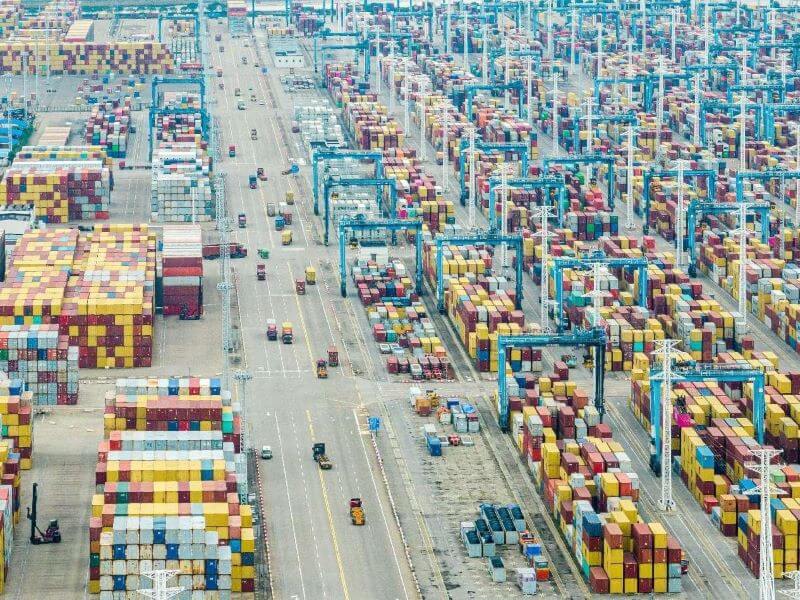China steps up efforts to build digital twin systems in water conservancy sector

Agency : In a farm in northwest China's Gansu province, sensors are inserted into the soil to monitor humidity, while a miniature weather station tracks wind and light conditions.
"Last year, the sunflower yield per mu (about 667 square meters) exceeded 280 kilograms, an increase of 15 percent," said Zou Changsheng, head of the project department of the farm.
With the use of smart irrigation, bountiful harvests were guaranteed, and the water usage per mu has decreased from 650 cubic meters to 300 cubic meters, Zou added.
The irrigation water comes from the Shule River, which flows through the desert, nurturing oasis along its path. The Shule River provides irrigation water for a total of 1.34 million mu of farmland spread across 22 townships in Jiuquan, Yumen, and Guazhou county, as well as six farms.
The Shule River basin receives less than 70 millimeters of precipitation annually, while the evaporation is as high as 2,800 millimeters. How can this water-deficient river achieve intensive water conservation while ensuring proper irrigation?
"We have 'digitized' the Shule River," said Zhang Farong, deputy director of the planning department of the Shule River basin water resources utilization center in Gansu province.
By leveraging geographic information systems and building information modeling, a virtual model has been constructed to simulate the river channel, canal system, reservoirs, and water gates in equal proportion, creating a "digital twin" of the river, Zhang explained.
Through large model simulation, water resource scheduling plans have been continuously optimized. Manual gate operations have been automated, enabling precise water release based on demand. The construction of high-standard farmland is advancing in sync, with integrated water and fertilizer technologies such as drip irrigation and precision fertilization, saving both labor and water. By combining data, algorithms, and computing power, the Shule River irrigation area is gradually becoming a leading example of water conservation.
These efforts to use digital technology to promote water-saving agriculture in the Shule River basin reflect China's rapid progress in developing a digital twin system for water resources management.
"In simple terms, digital twin water resources management refers to the use of technologies such as artificial intelligence, 5G, and large models to virtually replicate natural water systems and hydraulic engineering structures on the internet. This enables the simulation of interactions between physical and virtual objects, facilitating precise forecasting, early warnings, rapid scenario simulations, and the development of contingency plans," said Sun Chunpeng, director of the hydrological information forecasting center at the Ministry of Water Resources.
In recent years, China's water resources sector has completed 94 construction tasks of digital twin for water resource management .
The construction of a comprehensive water monitoring system covering the Yangtze River basin has commenced, accelerating the formation of a prototype digital twin of the Yangtze River.
A digital twin Yellow River project is advancing in an orderly manner, which aims at promoting the deep integration of the real-world Yellow River, Yellow River models, and a digital twin of the Yellow River.
In the development of digital twin water networks, a framework for constructing a national backbone digital twin water network has been completed. Progress has been made in the preliminary establishment of a digital twin for the first phase of the South-to-North Water Diversion Project's central route, and 10 provincial-level pilot areas have achieved practical results in building their digital twin water networks. Efforts are also underway to advance the construction of digital twin water networks at the municipal and county levels.
Regarding digital twin projects, continuous iterative optimization is being carried out for key sites such as the Three Gorges Dam, Xiaolangdi Dam, Danjiangkou Reservoir, and Yuecheng Reservoir. From 2023 to 2025, 49 digital twin irrigation areas will be piloted. Besides, large and key medium-sized water conservancy projects newly constructed in 2025 will launch information infrastructure, digital twin platforms, and business application systems.
Digital twin in water conservancy enable more targeted management of rivers and lakes. China's Ministry of Water Resources has established a national key rivers and lakes ecological flow monitoring and early warning platform. This platform gathers monitoring data such as water levels and flow rates from 283 ecological flow sections of key rivers and lakes. It enables real-time monitoring and early warning for 235 ecological flow control sections across 165 key rivers and lakes, as well as 65 water allocation sections.
A national water use management platform has been set up, allowing for dynamic monitoring of violations such as excessive water use, exceeding control limits, and lack of measurement for water users with permits. Up to now, 131,000 online monitoring points and 551,500 offline monitoring points nationwide have been connected to the platform.
Digital twin in water conservancy enable more science-based management of water conservancy projects.
In water conservancy engineering construction management system, information from over 40,000 enterprises, more than 1.07 million professionals, and over 420,000 project performance records and credit evaluations in the water resources industry have been consolidated.
In the water resources project operation management information system, electronic archives of over 90,000 reservoirs across nine industries, including water conservancy, energy, and transportation, have been shared.
In the rural water resources and hydropower information management system, basic and operational information for 520,000 centralized water supply projects, 42,000 small hydropower stations, and 7,326 large and medium-sized irrigation areas are updated annually, with a daily average of over 3,000 visits.
-By Wang Hao, People's Daily














प्रतिकृया दिनुहोस